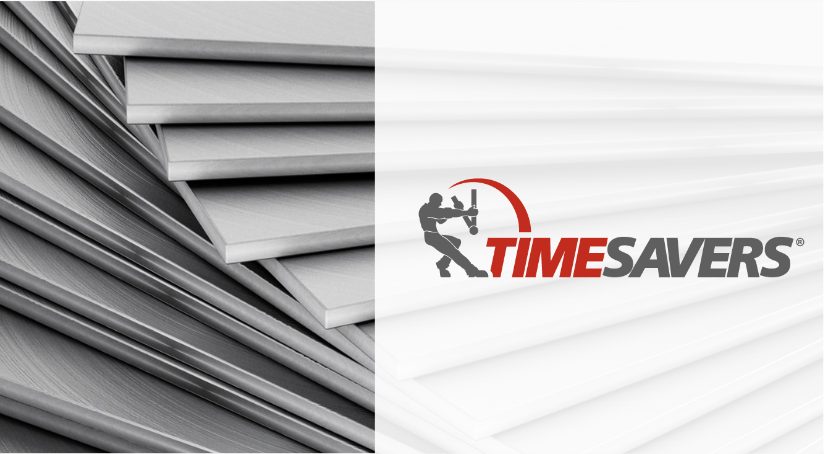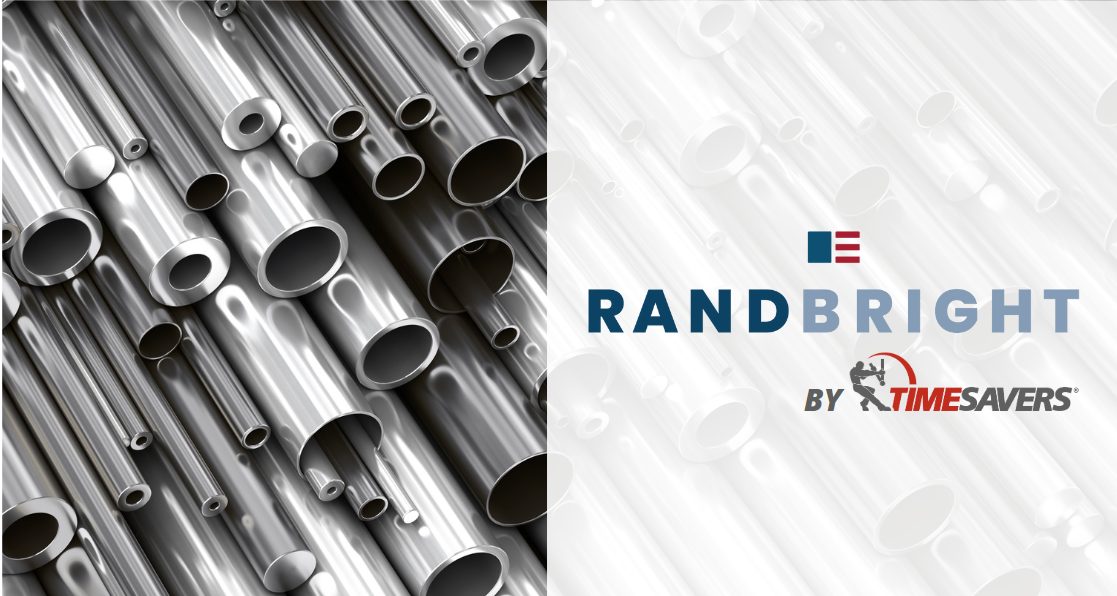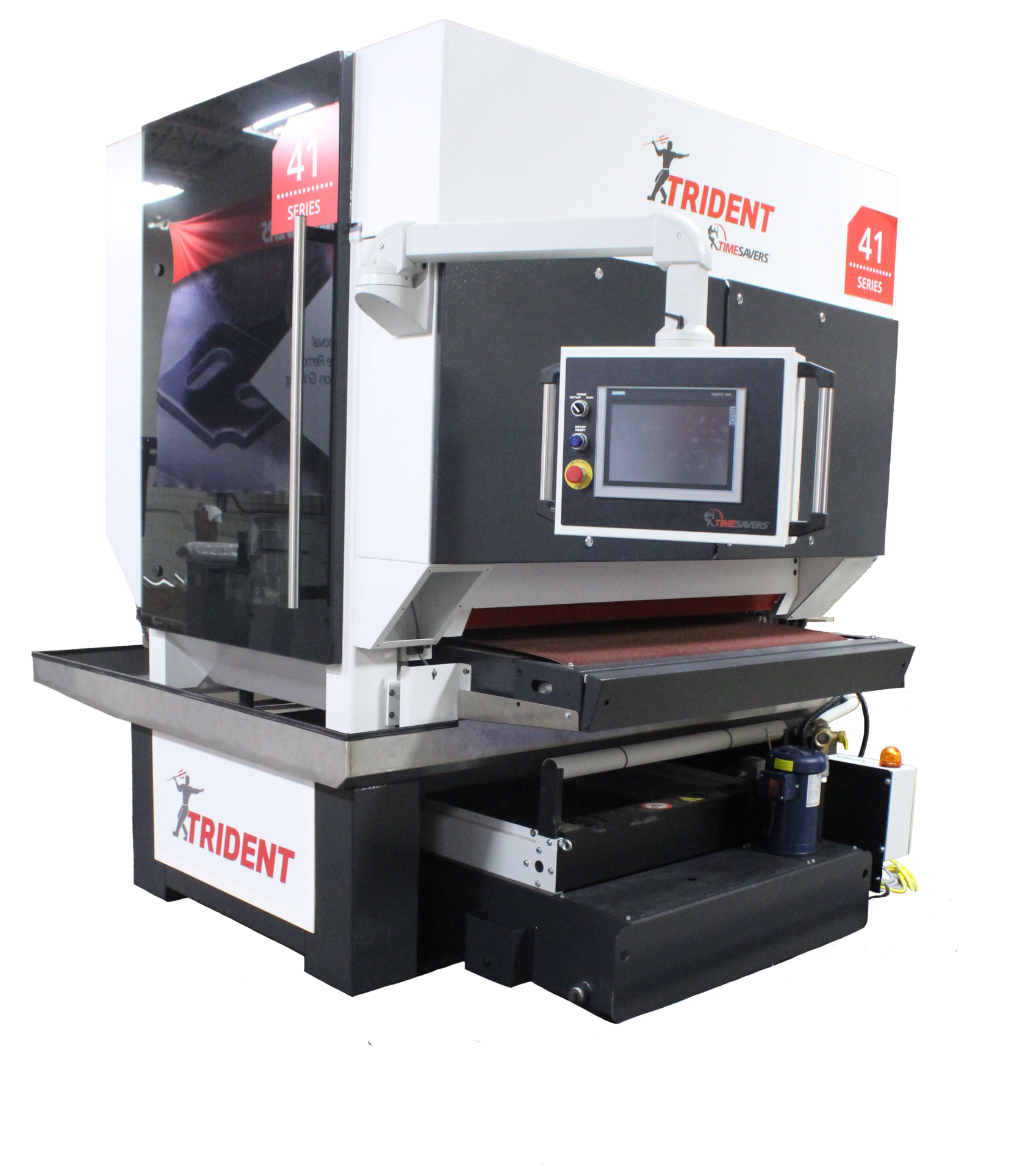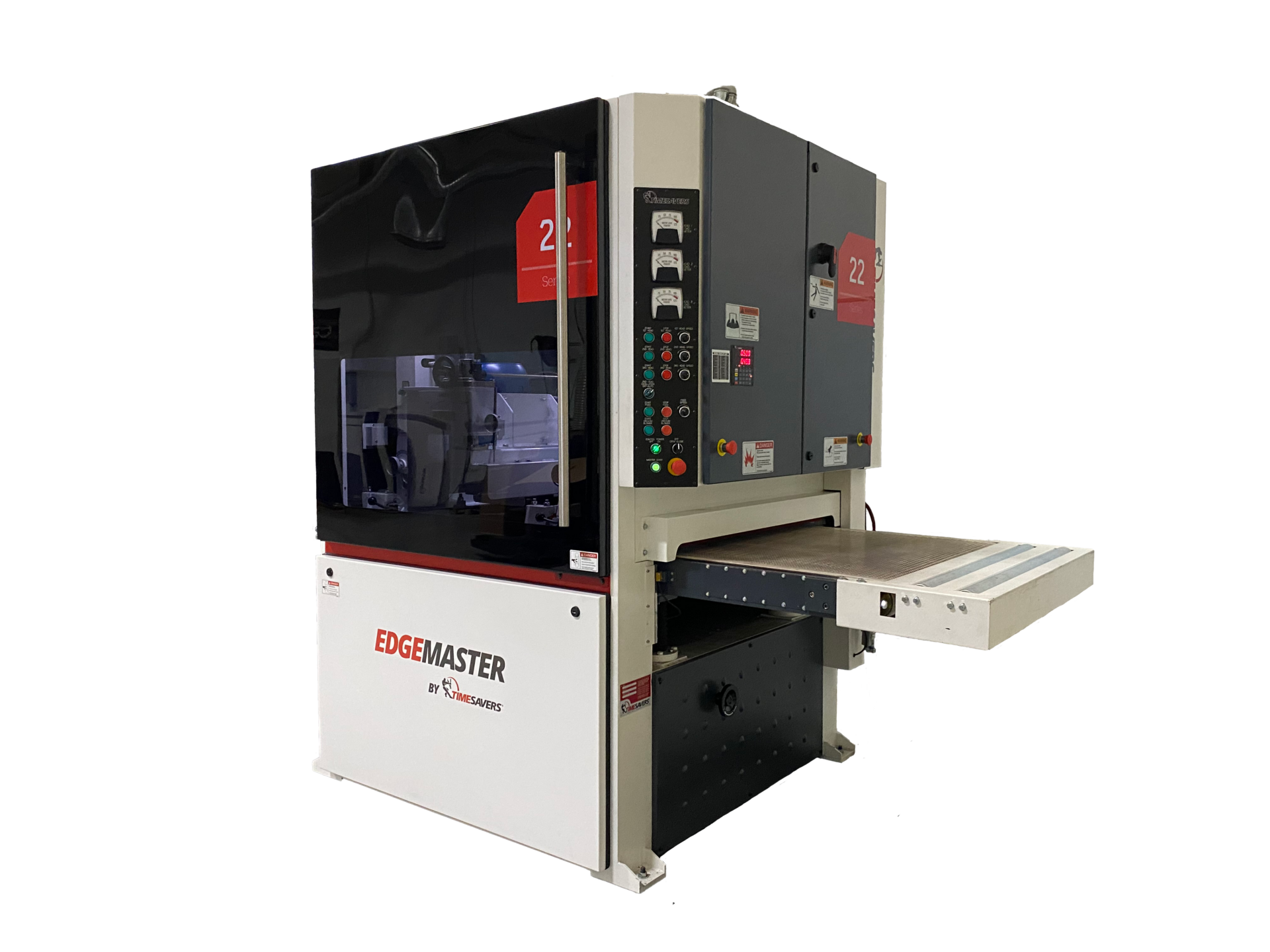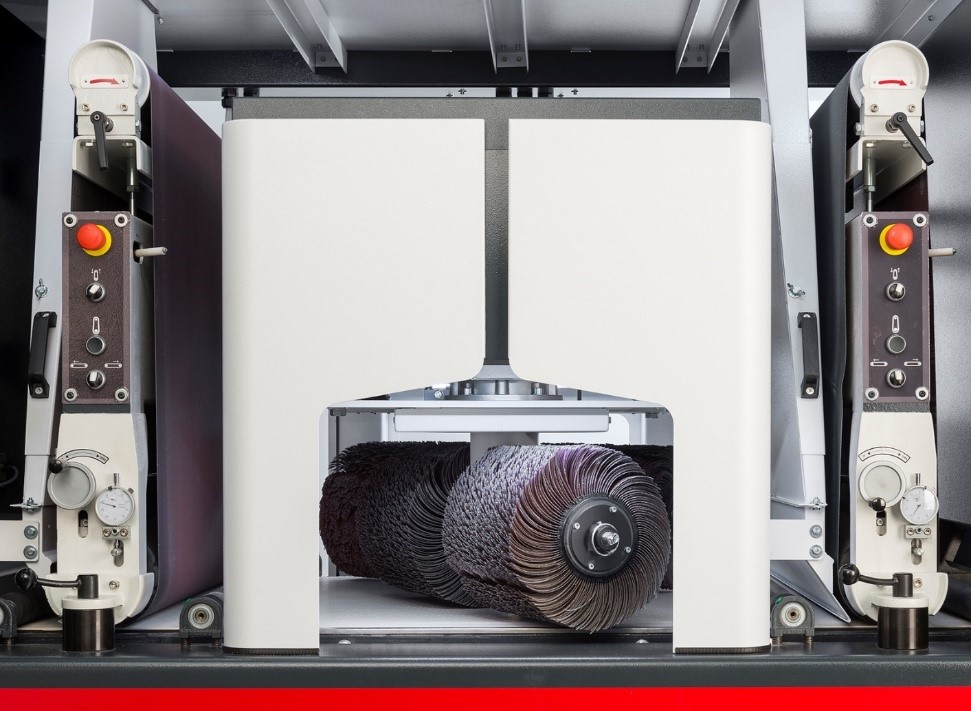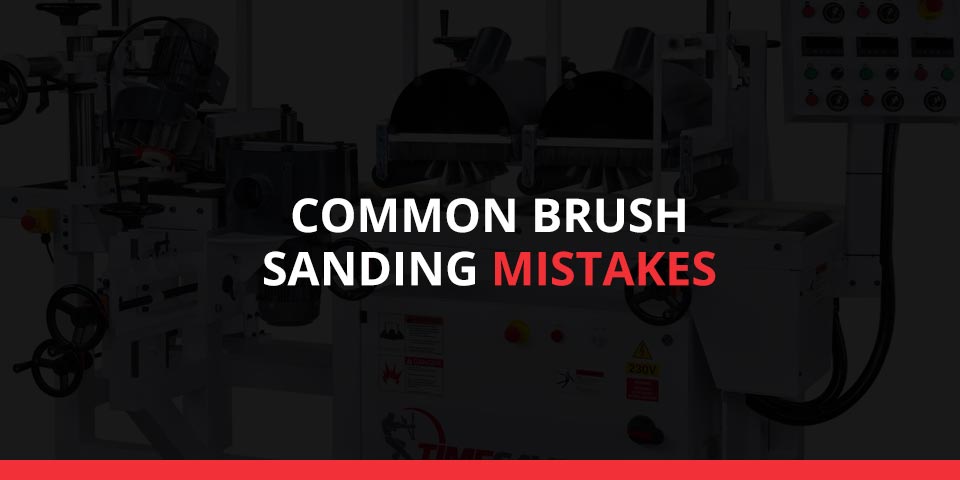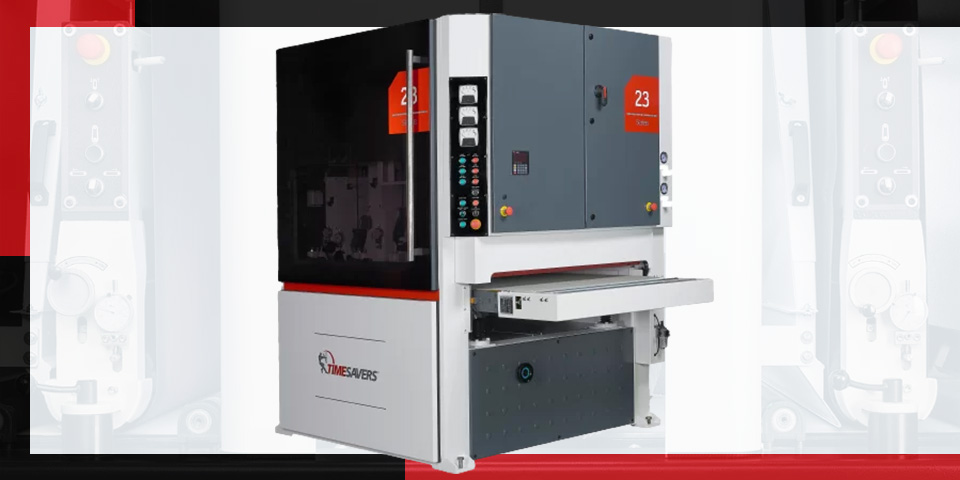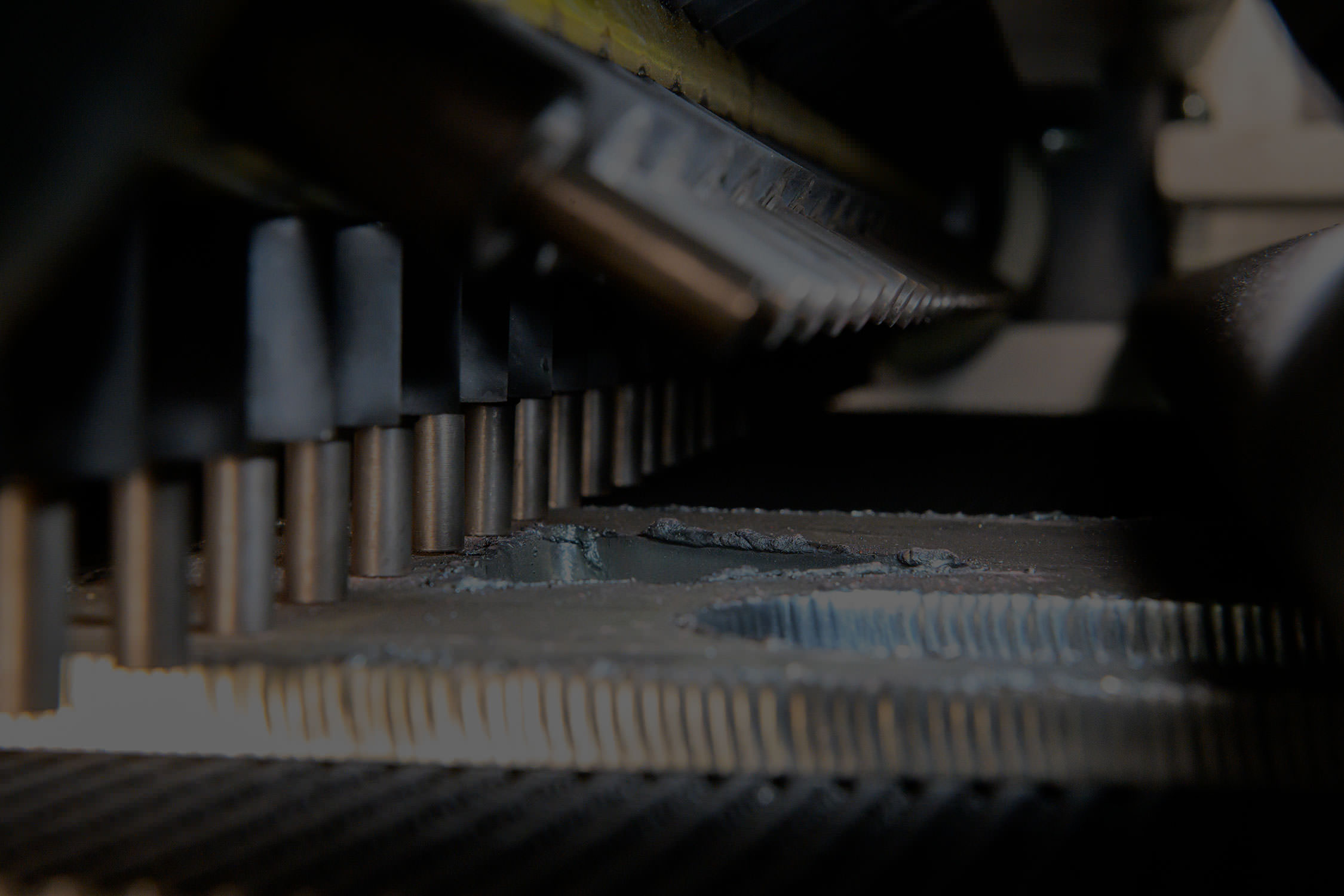Experienced Woodworking & Metal Working System Manufacturer Celebrating 75 Years
Timesavers was founded in 1946 to provide finishing solutions for various materials. Today, we have grown into a trusted industrial metal finishing company with some of the most advanced finishing equipment in the industry. Timesavers is an innovator in finishing and sanding technologies for various materials, including metal, wood and plastics. We help our clients overcome their material's unique challenges to meet specific requirements. Our experts will support your project from beginning to end with dedicated customer service.
